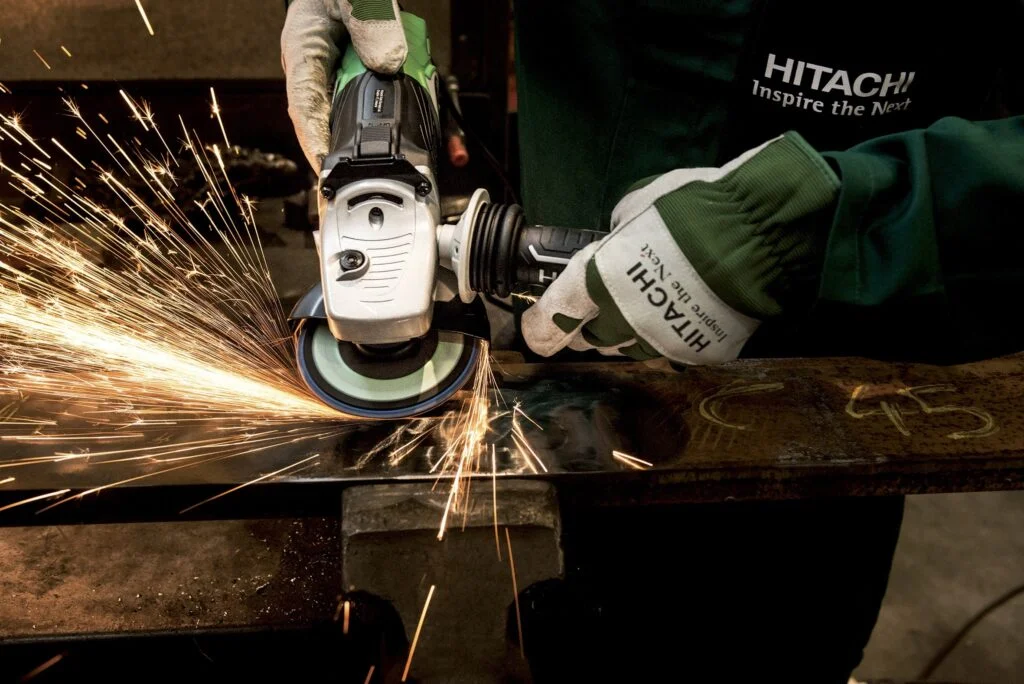
A Guaranteed Comprehensive Guide to Types of Metal Framing in Construction
Metal framing is a fundamental component in modern construction, offering strength, durability, and versatility. It has become increasingly popular due to its lightweight nature, cost-effectiveness, and ability to withstand adverse conditions.
In this article, we will explore the various types of metal framing used in construction, examining their characteristics, applications, and benefits.
1. Light Gauge Steel Framing:
Light gauge steel framing (LGSF) is a versatile and lightweight option commonly used in residential and light commercial construction. It involves cold-formed steel sections made by bending and cutting thin sheets of galvanized steel. Key features of light gauge steel framing include:
a. Strength and Durability: Light gauge steel frames possess high strength-to-weight ratios, making them capable of supporting significant loads while requiring less material than traditional wood framing.
b. Fire and Termite Resistance: Steel is non-combustible, offering superior fire resistance compared to wood. Additionally, it is impervious to termite damage, making it an ideal choice for regions prone to termite infestations.
c. Precision and Straightness: Light gauge steel frames are fabricated off-site using computer-aided design (CAD) software, ensuring precise measurements and straightness for easy assembly on-site.
d. Speed of Construction: LGSF components are lightweight and easy to handle, allowing for quick and efficient construction, resulting in reduced labor costs and shorter project timelines.

2. Structural Steel Framing:
Structural steel framing involves the use of hot-rolled steel sections to create load-bearing structures for buildings of all sizes. This type of framing is commonly found in commercial, industrial, and high-rise construction projects. Key features of structural steel framing include:
a. Strength and Load-bearing Capacity: Structural steel has exceptional strength and load-bearing capacity, making it suitable for constructing large, open spaces, such as warehouses, factories, and skyscrapers.
b. Design Flexibility: Steel’s high strength-to-weight ratio allows for more design freedom, enabling architects to create unique and innovative structures. It can support longer spans and taller heights compared to other framing materials.
c. Resistance to Environmental Factors: Steel framing is resistant to harsh weather conditions, such as hurricanes, earthquakes, and heavy snow loads, providing enhanced safety and structural integrity.
d. Sustainable and Recyclable: Steel is a highly sustainable material as it can be recycled repeatedly without losing its inherent properties. This feature significantly reduces environmental impact and waste during construction and demolition.
3. Pre-engineered Metal Buildings (PEMBs):
Pre-engineered metal buildings are complete structural systems manufactured off-site and then assembled on-site. They are widely used for commercial, industrial, and agricultural applications. Key features of PEMBs include:
a. Cost-effective Solution: PEMBs offer cost savings in terms of material, labor, and construction time. The manufacturing process is streamlined, allowing for efficient production and reduced on-site labor requirements.
b. Design Customization: Pre-engineered metal buildings offer a range of design options to accommodate various architectural and functional requirements. They can be customized with different cladding materials, roof designs, and interior layouts.
c. Energy Efficiency: These buildings can incorporate insulation, reflective roof coatings, and energy-efficient HVAC systems, providing better thermal performance and reducing energy consumption.
d. Expandability and Flexibility: PEMBs allow for easy expansion and modification in the future. Additional sections or floors can be added as per the changing needs of the building occupants.
Conclusion:
Metal framing has revolutionized the construction industry, offering an array of options for builders and architects. From light gauge steel framing for residential construction to structural steel framing for high-rise buildings, and pre-engineered metal buildings for various applications, each type of metal framing has its unique benefits. Understanding these
benefits and applications can help construction professionals make informed decisions when selecting the appropriate framing system for their projects.
By utilizing light gauge steel framing, construction projects can benefit from its strength, durability, fire resistance, and termite resistance. The precision and straightness of the components ensure efficient assembly, saving time and labor costs.
Structural steel framing provides exceptional strength and load-bearing capacity, making it ideal for large-scale commercial and industrial projects. Its design flexibility allows for creative architectural expressions, while its resistance to environmental factors ensures long-term structural integrity.
Pre-engineered metal buildings offer a cost-effective solution with customizable designs, energy efficiency, and future expandability. These buildings are often used in commercial, industrial, and agricultural settings, providing a versatile and sustainable option for various applications.
It is important to consider specific project requirements, such as building size, design flexibility, load-bearing capacity, and environmental factors, when selecting the appropriate type of metal framing. Consulting with structural engineers and architects experienced in metal framing can help ensure the best choice for a given project.
As technology and construction methods continue to advance, new types of metal framing systems may emerge, offering even more innovative solutions for the industry. Staying informed about the latest developments can help construction professionals stay at the forefront of the field.
In conclusion, metal framing plays a crucial role in modern construction, providing strength, durability, and flexibility. Whether it’s light gauge steel framing, structural steel framing, or pre-engineered metal buildings, each type offers distinct advantages and applications. By understanding the characteristics and benefits of these various types of metal framing, construction professionals can make informed decisions to achieve efficient, cost-effective, and sustainable structures.
To see other material construction prices, please see here.
To know other construction guides, tips, and methodology for beginners, veterans, and contractors, please see here.
